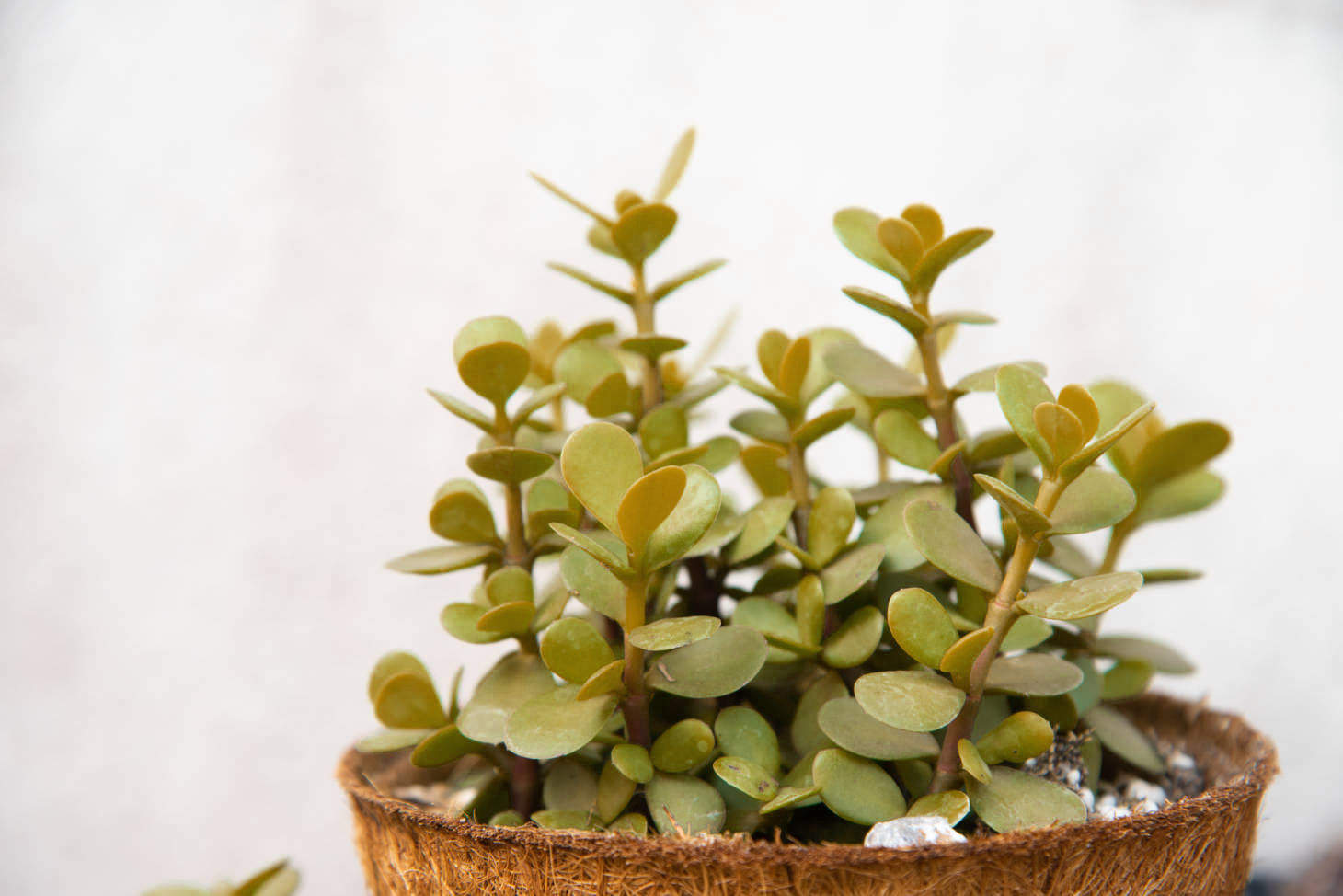Overwatered Elephant Bush: Signs and Solutions
Elephant bush, a popular succulent known for its thick, round leaves, can fall victim to overwatering. This common mistake can lead to serious issues for your plant. Overwatered elephant bush plants often show signs like dropping leaves, swelling, and discoloration.
You might notice stunted growth as the roots struggle to function properly. In severe cases, root rot can set in, making recovery difficult. If you suspect you’ve been giving your elephant bush too much water, it’s important to act quickly.
To save your overwatered elephant bush, you’ll need to adjust your care routine. Check the soil moisture and improve drainage if needed. You may need to trim damaged roots and leaves, and repot the plant in fresh, well-draining soil. By taking these steps, you can help your elephant bush bounce back and thrive once again.
Understanding Elephant Bush
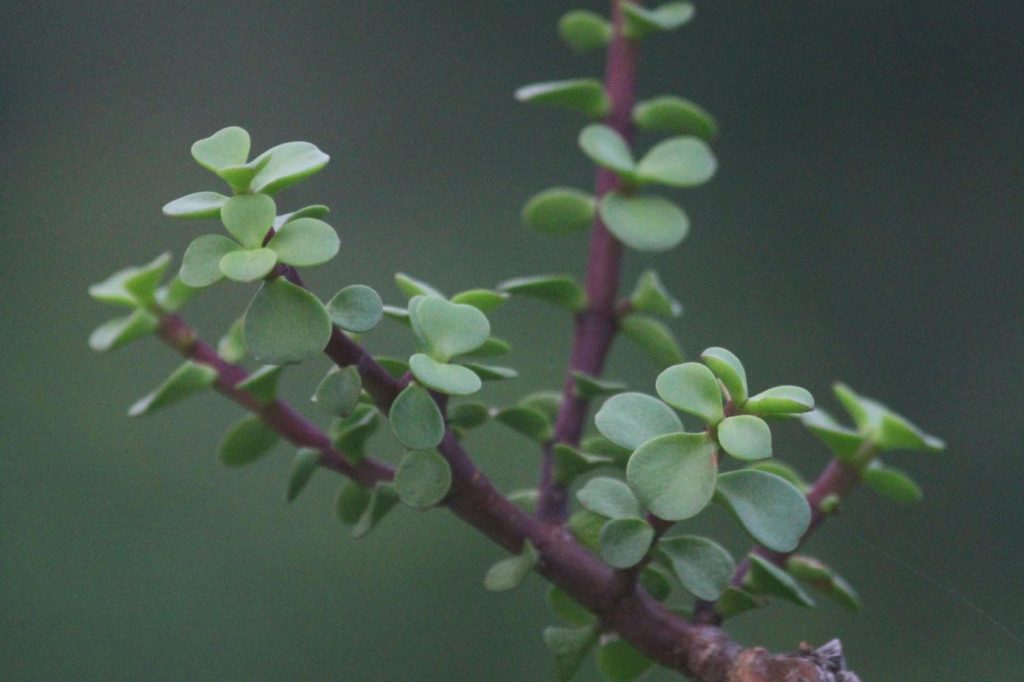
Elephant bush is a unique succulent shrub with distinctive features. It’s known for its small leaves and thick stems that resemble an elephant’s trunk.
Species Origins and Characteristics
Portulacaria afra, commonly called elephant bush or dwarf jade, comes from South Africa. It grows naturally in dry, rocky areas. The plant has thick, fleshy stems and small, round leaves. These leaves are bright green and grow opposite each other on the stems.
Elephant bush can grow up to 8-15 feet tall in the wild. In pots, it stays much smaller. The plant stores water in its stems and leaves. This helps it survive long dry spells.
Elephant bush is easy to care for succulent that can thrive in a variety of conditions.
Different Varieties
There are a few types of elephant bush you can grow. The common green variety is the most popular. It has bright green leaves and reddish-brown stems.
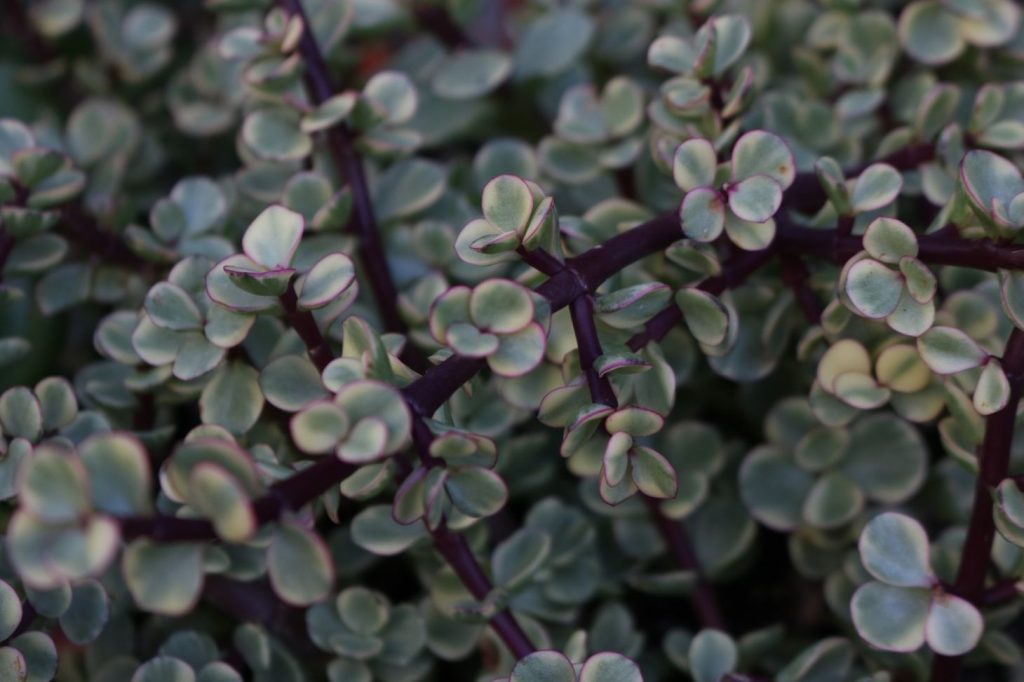
The variegated form, called rainbow elephant bush, is eye-catching. Its leaves have creamy white edges. This type grows slower than the green variety.
Some dwarf varieties stay very small. They’re perfect for bonsai or small pots. These mini forms keep the same leaf shape but grow more compact.
All types of elephant bush are drought-tolerant. They make great low-water plants for gardens or indoor spaces.
Proper Soil and Potting for Healthy Growth
The right soil mix and proper drainage are key for elephant bush plants. These factors prevent overwatering and promote healthy growth.
Choosing the Right Soil Mix
Elephant bush plants need well-draining soil. Use a fast-draining cactus or succulent soil mix for best results. Add perlite or coarse sand to improve drainage even more.
The ideal soil mix ratio for elephant bush plants is approximately 50% cactus soil, 25% perlite, 15% coarse sand, and 10% peat moss. This mix allows water to flow through easily while still holding some moisture.
You could try mixing your own, combining cactus soil, perlite, coarse sand, and peat moss. However, this often means buying large quantities of each ingredient, leaving you with lots of leftovers. Our succulent soil takes the hassle out of this. It’s expertly blended with the perfect balance of ingredients for elephant bushes, ensuring proper drainage and healthy growth. Skip the mess and get our soil. Your elephant bush will thank you!
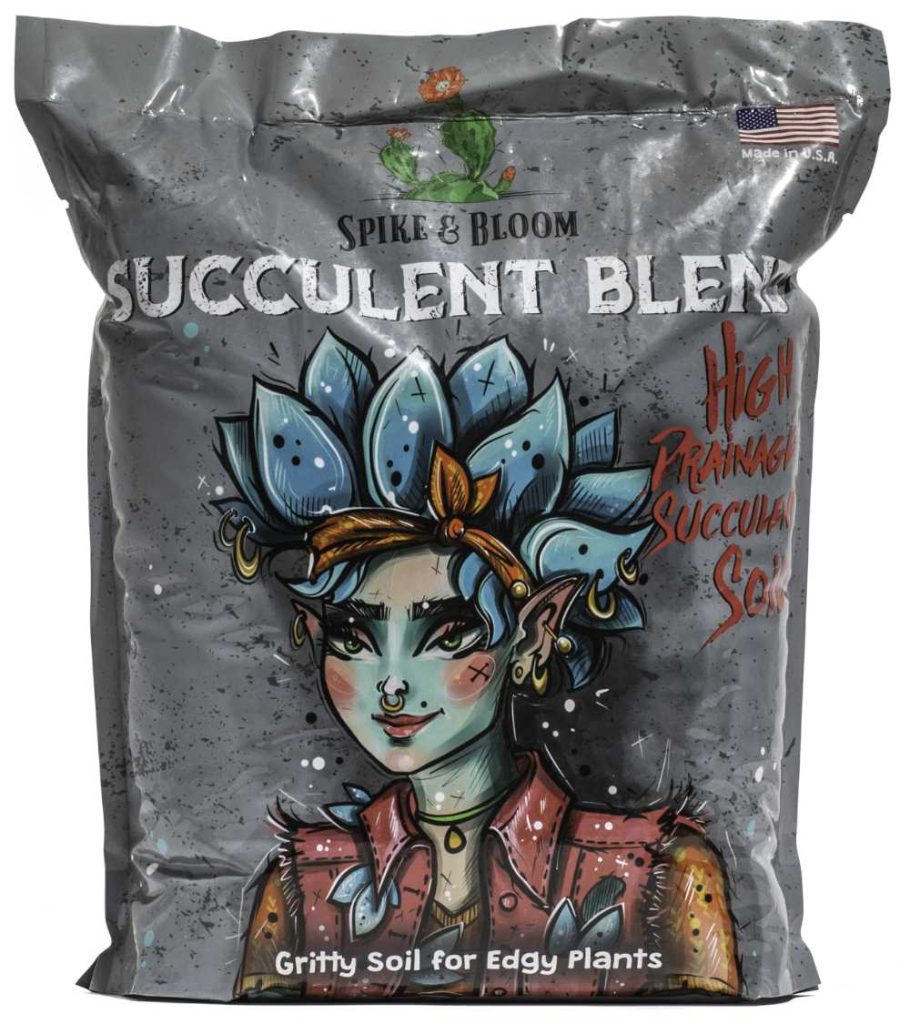
Avoid heavy soils that stay wet for too long. These can lead to root rot and other problems.
Importance of Drainage
Good drainage is vital for elephant bush plants. It stops water from sitting around the roots.
Make sure your pots have drainage holes at the bottom. This lets extra water escape.
Don’t let your plant sit in water. Empty the saucer under the pot after watering.
With proper soil and drainage, your elephant bush will be less likely to suffer from overwatering.
Watering Schedule and Techniques
Elephant bush plants need careful watering to stay healthy. A good schedule and the right methods keep them from getting too much or too little water.
Soak and Dry Method
The soak and dry method works well for elephant bush plants. Water deeply when the soil is completely dry. Pour water until it runs out the pot’s bottom holes. Let all extra water drain away. Don’t water again until the soil dries out. This can take 7-10 days in spring and summer. In fall and winter, wait 10-14 days between watering.
This method helps roots grow strong. It also stops water from sitting in the pot too long. Use your finger to check soil moisture. If it feels dry 2 inches deep, it’s time to water.
Signs of Overwatering
Watch for signs that you’re giving your plant too much water. Soft, mushy leaves mean trouble. The plant may drop leaves even when they look healthy. The stem might get dark spots or feel squishy.
If you see these signs, stop watering right away. Let the soil dry out completely. Make sure your pot has good drainage holes. You may need to repot the plant in fresh, dry soil. Cut off any rotted roots or stems with clean scissors.
Sunlight and Placement
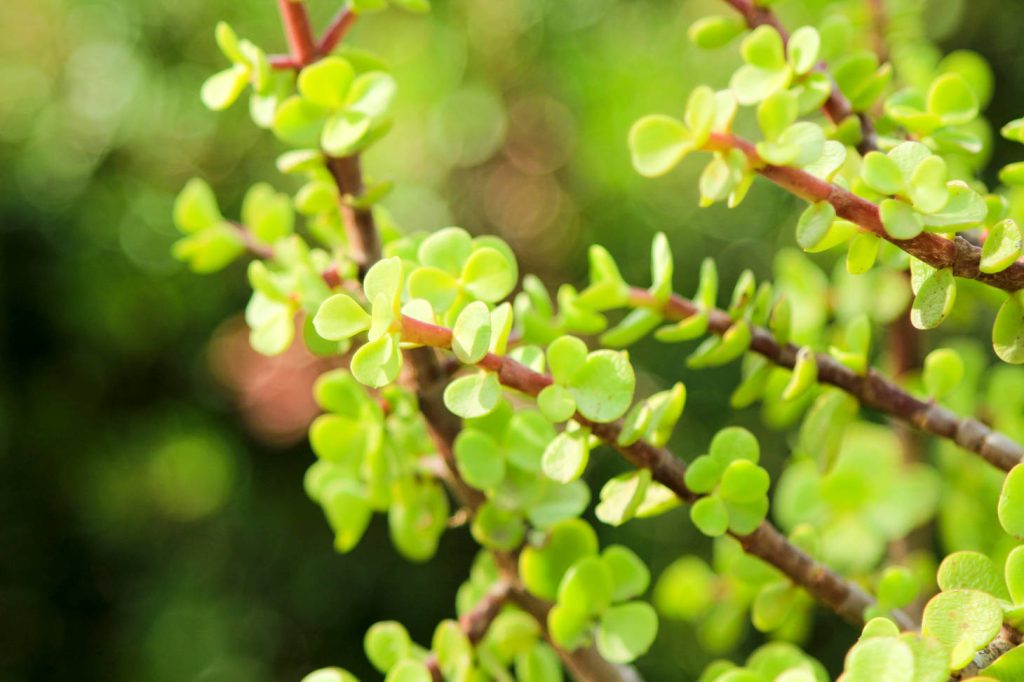
Elephant bush plants need plenty of light to thrive. Proper placement is key to their health and growth.
Light Requirements
Elephant bush plants love bright light. You should put them near a sunny window. South-facing windows work best. These plants can handle full sun, but be careful. Too much direct sunlight can burn the leaves.
Aim for at least 6 hours of bright light each day. If you can’t provide enough natural light, use grow lights. Place the lights about 12-24 inches above the plant.
In low light, elephant bush plants may grow slowly. Their leaves might also turn pale or yellow.
Adjusting to Light Conditions
When you move your elephant bush to a brighter spot, do it slowly. Start with 1-2 hours of extra light per day. Increase this time over a few weeks.
If you see red or brown spots on the leaves, it’s likely sunburn. Move the plant to a spot with less direct sun.
In summer, you may need to give your plant some shade. Use a sheer curtain to filter strong midday sunlight.
For outdoor plants, morning sun and afternoon shade work well. This protects them from the hottest part of the day.
Climate and Environmental Factors
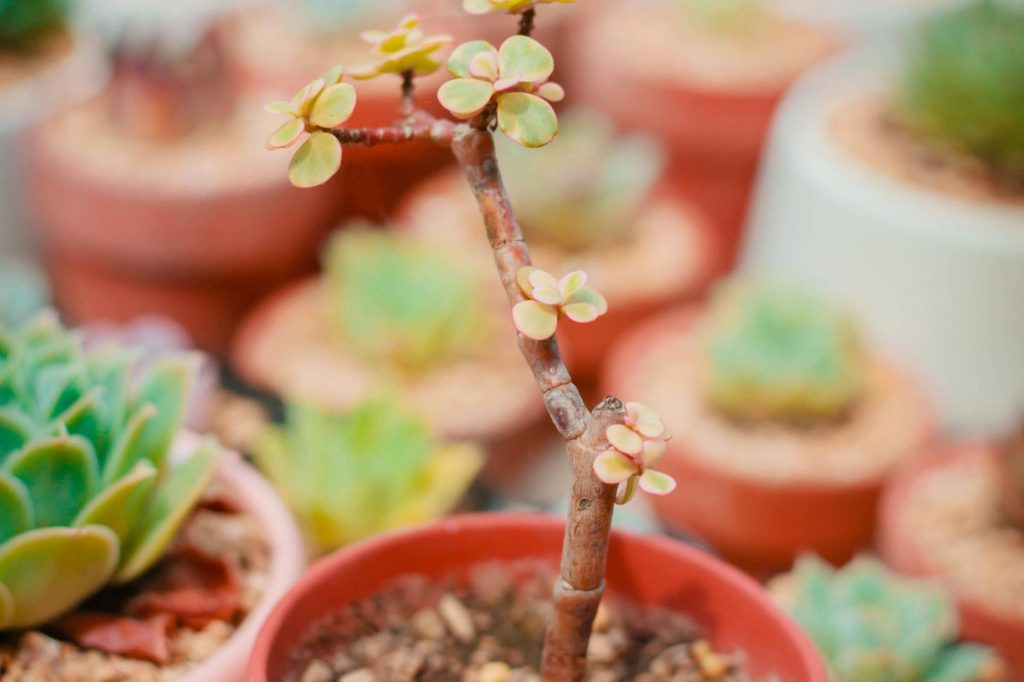
Elephant bush thrives in warm, dry conditions similar to its native South African habitat. Proper climate and environmental factors are key to keeping this succulent healthy.
Temperature and Humidity
Elephant bush prefers warm temperatures between 60-80°F (15-27°C). It can tolerate brief cold spells down to 20°F (-6°C) but prolonged cold will damage it.
Humidity should be maintained at moderate levels (40-50% relative humidity) for this drought-tolerant plant. Excess moisture can lead to rot. Provide good air circulation, especially in humid climates.
In hot, dry weather, elephant bush may go dormant. Reduced watering during this time prevents overwatering.
Hardiness Zones and Outdoor Care
Elephant bush grows best outdoors year-round in USDA zones 9-11. In these warm regions, plant it in well-draining soil with bright, indirect light.
For cooler zones, grow elephant bush in containers to bring indoors for winter. Place pots near south-facing windows for maximum light.
Protect outdoor plants from frost with covers or by moving to sheltered spots. Cold-damaged stems can be pruned in spring to encourage new growth.
Fertilization and Nutrient Management
Proper fertilization and nutrient management are key for healthy elephant bush plants. Feeding your plant the right nutrients at the right time helps prevent issues and promotes lush growth.
Feeding Your Elephant Bush
Elephant bush plants don’t need much fertilizer. Feed them once a month during the growing season with low nitrogen, high phosphorus and potassium fertilizer. Mix the fertilizer at half strength to avoid burning the roots. Stop fertilizing in fall and winter when growth slows down.
Use a low nitrogen fertilizer, such as a 5-10-5 NPK ratio, for balanced nutrition. Apply it to moist soil and water thoroughly after feeding. For organic options, try compost tea or diluted fish emulsion.
Don’t overfeed your elephant bush. Too much fertilizer can lead to leggy growth and weak stems. If you notice rapid, spindly growth, cut back on feeding.
Common Nutrient Issues
Yellowing leaves often signal nutrient problems in elephant bush plants. Nitrogen deficiency causes older leaves to turn yellow first. Add a nitrogen-rich fertilizer to fix this.
Iron deficiency shows up as yellowing between leaf veins. Use an iron supplement or chelated iron to treat this issue.
Magnesium deficiency causes yellowing leaf edges. Epsom salt dissolved in water can help remedy this problem.
Overwatering can block nutrient uptake, mimicking deficiency symptoms. Always check your watering habits before assuming a nutrient issue.
If leaves turn brown or crispy, it might be fertilizer burn. Flush the soil with water to remove excess salts and nutrients.
Pruning and Maintenance
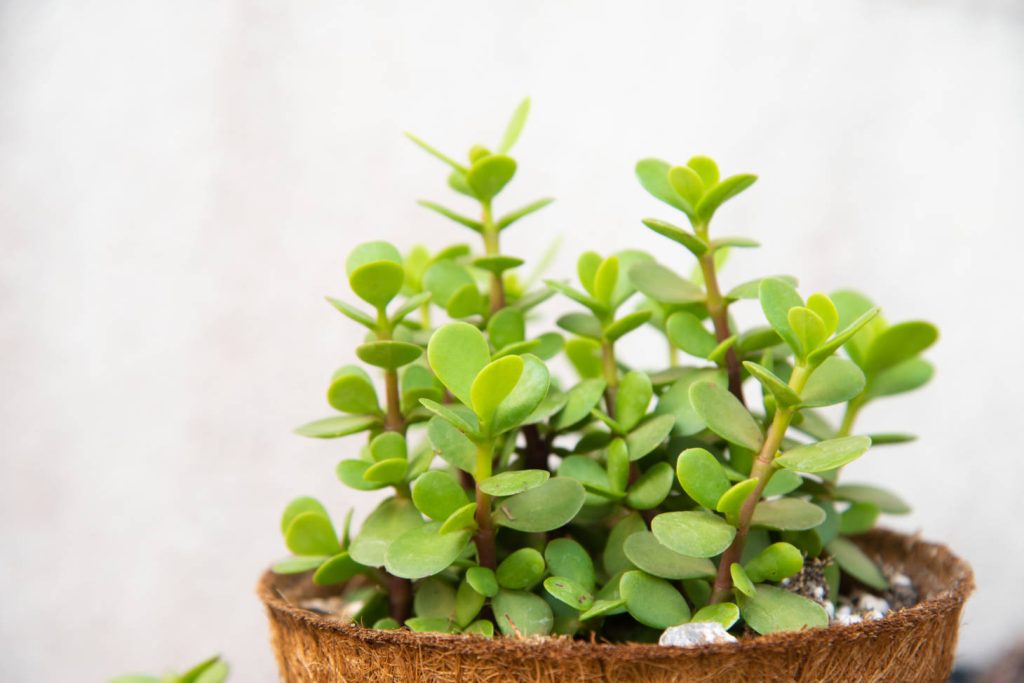
Pruning and regular care are key to keeping your elephant bush healthy. These practices help control size, shape the plant, and promote new growth.
Pruning Techniques
Cut back your elephant bush at the end of spring. This timing allows the plant to heal and grow after trimming. Use clean, sharp pruning shears to avoid damage. Remove dead or damaged leaves and stems first. Then shape the plant by trimming overgrown branches.
Focus on cutting back long, leggy stems to encourage branching. This will make your elephant bush fuller and more compact. Make cuts just above a leaf node or joint for best results.
Don’t be afraid to prune heavily if needed. Elephant bushes are tough and can handle significant trimming. Aim for a balanced, rounded shape unless you’re creating a specific bonsai style.
Regular Maintenance Tips
Water your elephant bush sparingly. These succulents store water in their leaves and stems. Let the soil dry out between waterings to prevent overwatering issues.
Use a well-draining soil mix made for succulents. This helps avoid water buildup around the roots. Repot your plant every 2-3 years or when it outgrows its container.
Place your elephant bush in bright, indirect light. Too much direct sun can scorch the leaves. Rotate the pot regularly for even growth.
Fertilize lightly during the growing season with a balanced, water-soluble fertilizer. Don’t feed your plant immediately after pruning to avoid stressing new growth.
Check for pests regularly. Mealybugs and spider mites can sometimes be a problem. Treat any issues promptly with insecticidal soap or neem oil.
Pests, Diseases, and Common Problems
Elephant bush plants face several threats that can harm their health. Knowing how to spot and tackle these issues will keep your plant thriving.
Common Pests and How to Treat Them
Mealybugs are a frequent pest for elephant bush plants. These small, white bugs cluster on stems and leaves, sucking sap from the plant. To get rid of them, wipe the plant with rubbing alcohol on a cotton swab. For bigger infestations, use insecticidal soap.
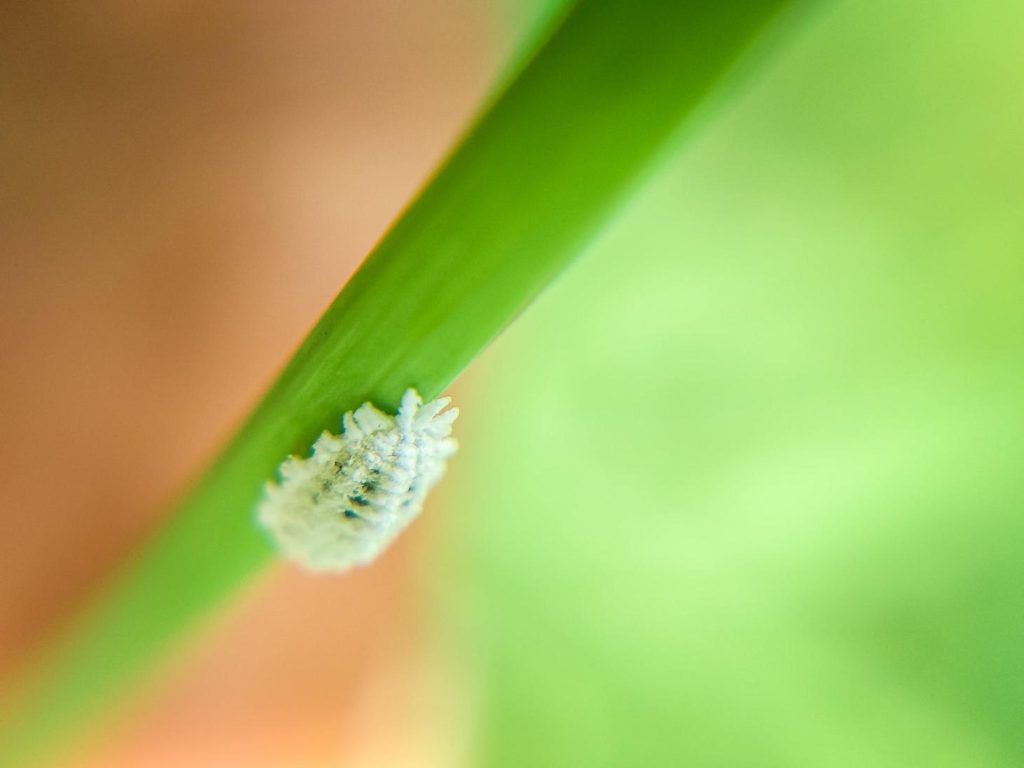
Spider mites also cause trouble. They’re tiny and hard to see, but leave webbing on leaves. Spray the plant with water to knock them off, then use neem oil to prevent them from coming back.
Whiteflies can be a nuisance too. These small white insects fly away when you touch the plant. Yellow sticky traps help catch them. You can also spray the plant with a mix of water and dish soap.
Disease Prevention and Management
Root rot is a serious problem for elephant bush plants. It happens when the soil stays too wet. The roots turn black and mushy. To prevent this, use well-draining soil and don’t overwater. If you spot root rot, remove the plant from its pot, cut away rotted roots, and repot in fresh soil.
Leaf drop can signal various issues. It might mean the plant is too cold, getting too much or too little water, or has pests. Check the soil moisture and look for bugs. Move the plant if it’s in a drafty spot.
To ward off diseases, give your plant good air flow. Don’t let leaves stay wet. Water at the base of the plant instead of from above. If you see spots on leaves, it could be a fungal disease. Remove affected parts and treat with a fungicide if needed.
Propagation and Repotting
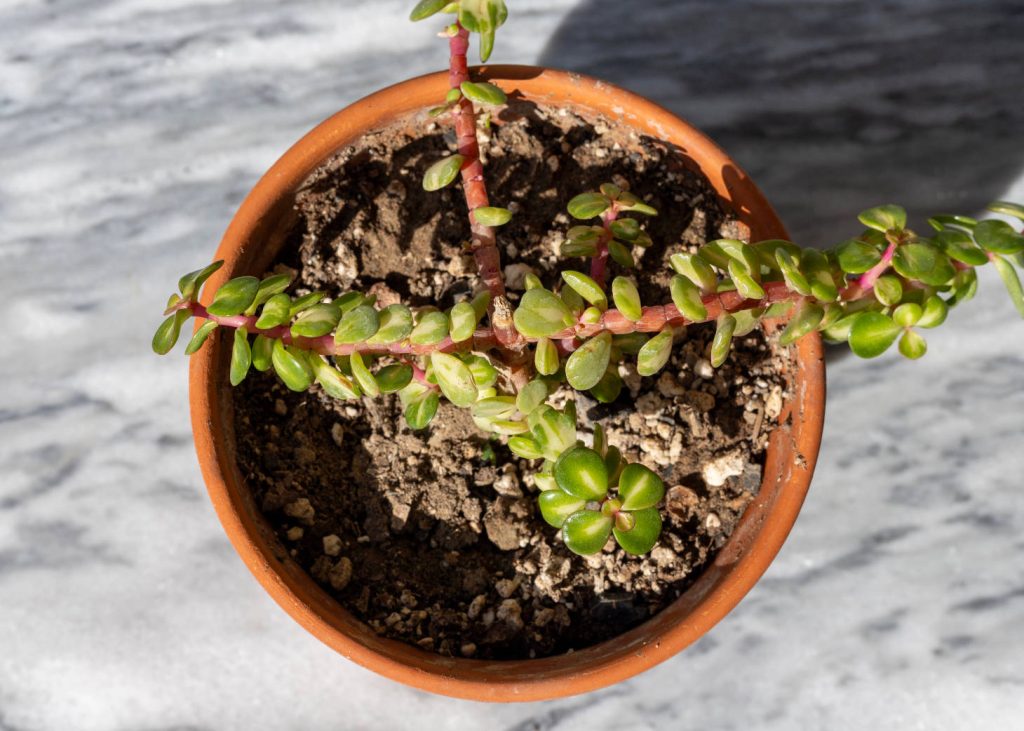
Elephant bush plants can be easily grown from cuttings and repotted as they mature. These techniques help expand your collection and keep plants healthy.
Propagating from Stem Cuttings
Take 4-6 inch stem cuttings from a healthy elephant bush plant. Remove lower leaves, leaving a few leaf pairs at the top. Let cuttings dry for 1-2 days to form a callus.
Fill small pots with well-draining cactus soil. Dip cut ends in rooting hormone powder. Stick cuttings about 1 inch deep into the soil.
Place pots in bright, indirect light. Water thoroughly when soil is dry. Roots should form in 4-6 weeks. Gently tug cuttings to check for resistance, indicating root growth.
Repotting Best Practices
Repot elephant bush plants every 2-3 years in spring. Choose a pot 1-2 inches larger with drainage holes. Use a cactus potting mix for good drainage.
Gently remove the plant from its old pot. Loosen roots and shake off excess soil. Place in the new pot at the same depth as before.
Fill in around roots with fresh potting mix. Let the plant settle for a week before watering thoroughly after repotting. Wait a week before fertilizing to allow roots to settle.
Prune overgrown branches when repotting to maintain shape. This also provides cuttings for propagation.

